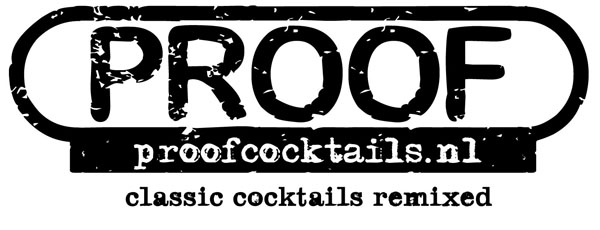
Super juice.
In cocktailworld various fads come and go. There’s always some wax-mustached dude in a leather apron and Iron Rangers resurrecting some ancient obscure technique or creating some poncy trick to make a cocktail in a wafer thin globe of ice or whatfuckingever. I value simplicity and accessibility* over gate-keeping and showiness so colour me suspicious of such tomfoolery. No surprise then that I spent quite a while studiously ignoring a new thang called “super juice” (rolls eyes) which purports to create an ever better kind of lime juice using limes, water and some acids. However, I’m also a guy who runs a cocktail blog and feels a duty to keep his readers up-to-date and given that I already had all the required ingredients recently decided to see if there’s anything to this juicy new religion for all you good, good people**. TL;DR: There is.
What?
Yeah, I know. So here’s the story: Not very long ago a fellow by the name of Nickle Morris of Bar Expo in Louisville Kentucky came up with a more sustainable way to make lime juice and it has absolutely taken the cocktail world by storm. It takes a little more time than just squeezing a couple of limes but creates much more “juice” and claims to taste even better, be much cheaper and, most importantly, have a far longer shelf life than normal lime juice. I’d normally have little truck with this but for my recent experiments of turning a Caipirinha into a Caribinha that hinged on the realisation that there is more flavour that can be extracted from a lime by heavy muddling which in turn made me think there might be something to Nickle’s magic tricks. Halving one formula down to a more manageable size I dutifully peeled four limes and doused them in 22 grams of citric acid crystals and 4 grams of malic acid powder in a Pyrex jug. I mixed it all up and let it rest for about an hour until the peels had started to brown and absorb the acid. Then it was just a case of blending that with the juice of the said limes and 500ml of water and straining the lot through a fine sieve. That’ll give you just north of 600ml of lime super juice to use in exactly the same way and quantity as you would fresh lime juice. And once again in pictures:

1. Skin ’em limes good.

2. Measure your acids (yes, I know how dodgy this looks). Small precision scales like this are dirt cheap and very handy – even if you’re not dealing the Devil’s lettuce.

3. Stir the peel and acids well.

4. Wait until it starts to look a bit brown and curly and the granules are mostly absorbed.

5. Chuck in the blender with the water and lime juice. Make sure to get all the remaining acid granules in there too. Blend until the peel is well fragmented (pic is pre-blending – I forgot to take a post-blend pic. Sue me!).

6. Strain well and you’ll end up with this.
And?
Well, you know what? It totally works. The super juice is just as good as freshly squeezed and most importantly still tastes fresh many days later by which time fresh juice has certainly gone south for the winter. Why is this? Citrus juice keeps pretty well due to the high acid content which is largely citric and malic acids but with a few others that – while adding almost nothing to the fresh flavour – turn quite quickly when exposed to air. This is why lime juice tastes gradually less fresh and zingy almost as soon as it is squeezed. However our super juice has a much reduced percentage of those “bad” acids so it stays fresh for longer. How much longer? I find it still tastes fine after a couple of weeks and as a bonus I find it also freezes better than fresh juice. It’s been said that this is a technique that mostly benefits cocktail bars rather than the home bartender but I find it perfectly delightful to only have to make a weekly supply and have some spare in the freezer. I take a little more care in selecting my limes as the condition of the peel is more important but then I’m saving so much money with this system I can easily afford the best. The same technique is equally suitable for lemon juice and I use the formula above but use only citric acid (so 26 grams). There are various formulas to be found online including a handy super juice calculator by Kevin Kos for a range of different citrus fruits. So far I’m happy with the formulae above but it’s still early days. Er, hello! Why are you still here? Go away and make some super juice immediately!
While we don’t normally toast non-recipe articles hats off to Nickel Morris for this creation.
*Yeah, yeah, I know I can veer a little in that direction at times but only when the techniques are of value and not overly intricate.
**listen to me. You’re just about done with the way that you feel. ‘Cause nothing rings home enough to dig your heels in. You don’t have to leave me to see what I mean.


